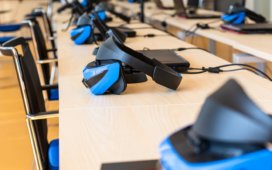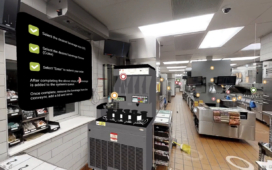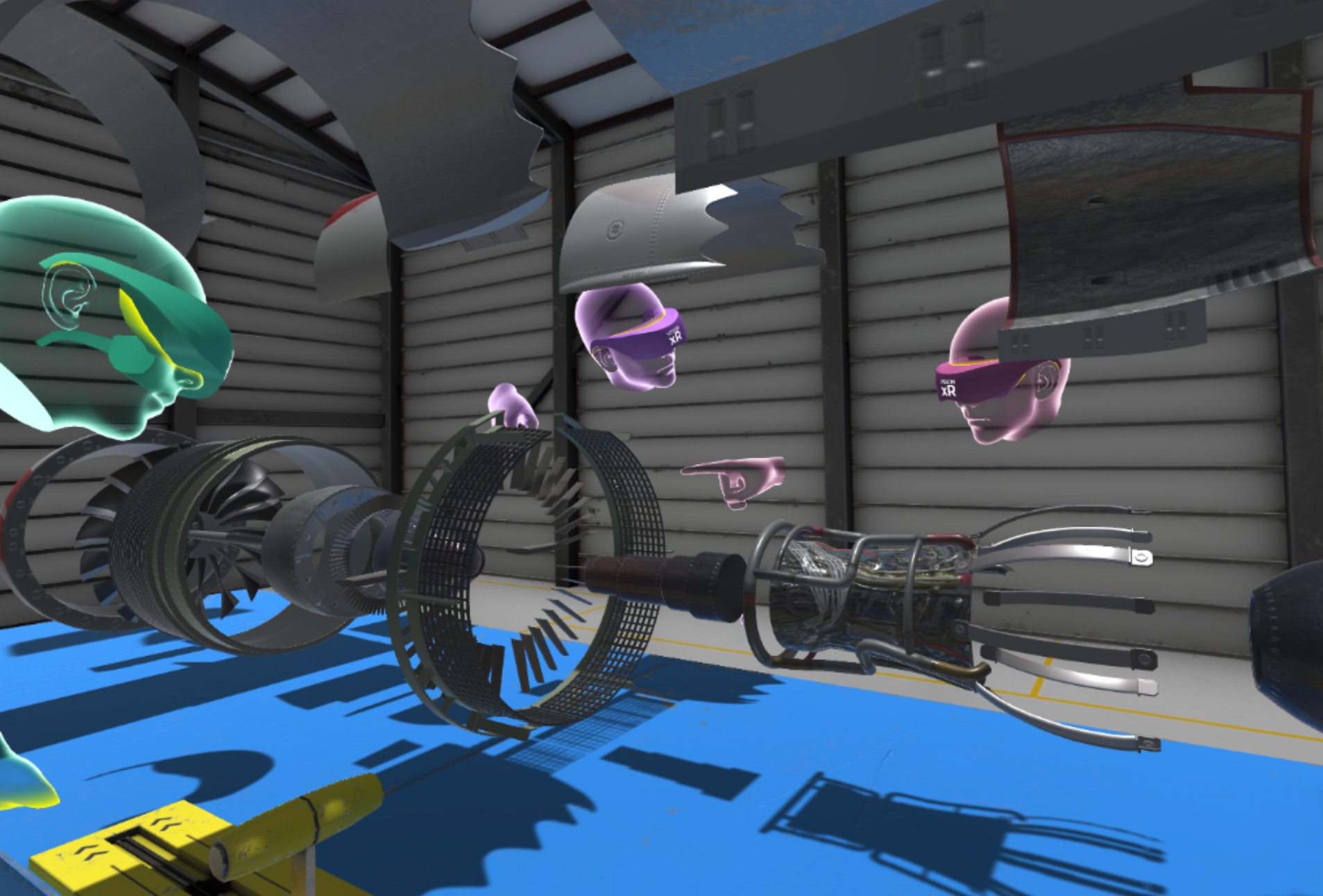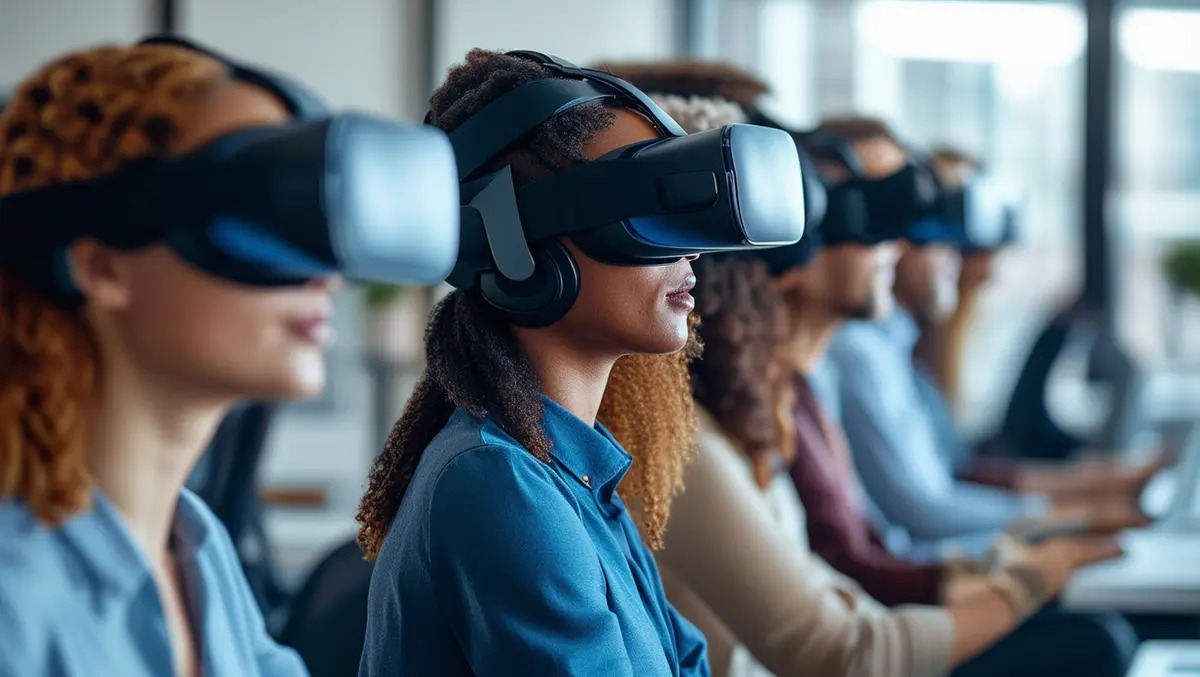The Lenovo VR Classroom 2 is making big waves in learning. Will we see this technology implemented across the board?
Virtual reality and its cousin augmented reality, have taken the world by storm. VR is typically only thought of in a game sense, but it has made strides in accessibility and education. Students who have access to a virtual classroom could benefit from new, cutting-edge styles of learning.
The Current Classroom VR Technology
Most kids are proficient in technology. Most have been connected to the internet from a young age. It only makes sense that educators and institutions would try to speak their language by implementing technology use in the classroom.
Lenovo’s VR Classroom 2 is a virtual reality program with its own headset and set of programs. This device can help students of all ages learn the course material they need to know in engaging, innovative ways. Since its release last year, Lenovo’s VR Classroom has made a splash and become more widespread.
It no longer relies on Google’s updates and operates on its own platform, called ThinkReality. The VR Classroom has everything teachers need to instruct their students, from introducing them to career paths to allowing different learning experiences for STEM courses.
This software works to gamify career planning and get students interested in the subjects they will pursue beyond school. This technology isn’t in every school, but it likely will be once districts can implement it.
What’s Standing in the Way of Widespread VR?
One of the most significant issues surrounding virtual reality in the classroom is that many people still see VR as a games-only platform. They may think students won’t be learning much and rather be distracted by the graphics or gameplay. Opening people’s minds is the key to them giving VR in the classroom a chance.
Even for those who know of the benefits virtual classrooms can provide, something else stands in the way: budget. This challenge is much harder to remedy than minds closed to virtual reality, since managing a budget with no room for extras can be difficult. And in the current economic climate, schools are receiving far less funding with which to prioritize technological innovations.
Finding a Future in VR
If virtual reality is implemented to a widespread degree, schools across the nation could see improved grades and a better quality of learning. Educators can rest assured that students have better accommodations and a more engaging learning environment while exposing them to the same material as a regular classroom — just from another perspective.
Quelle:




